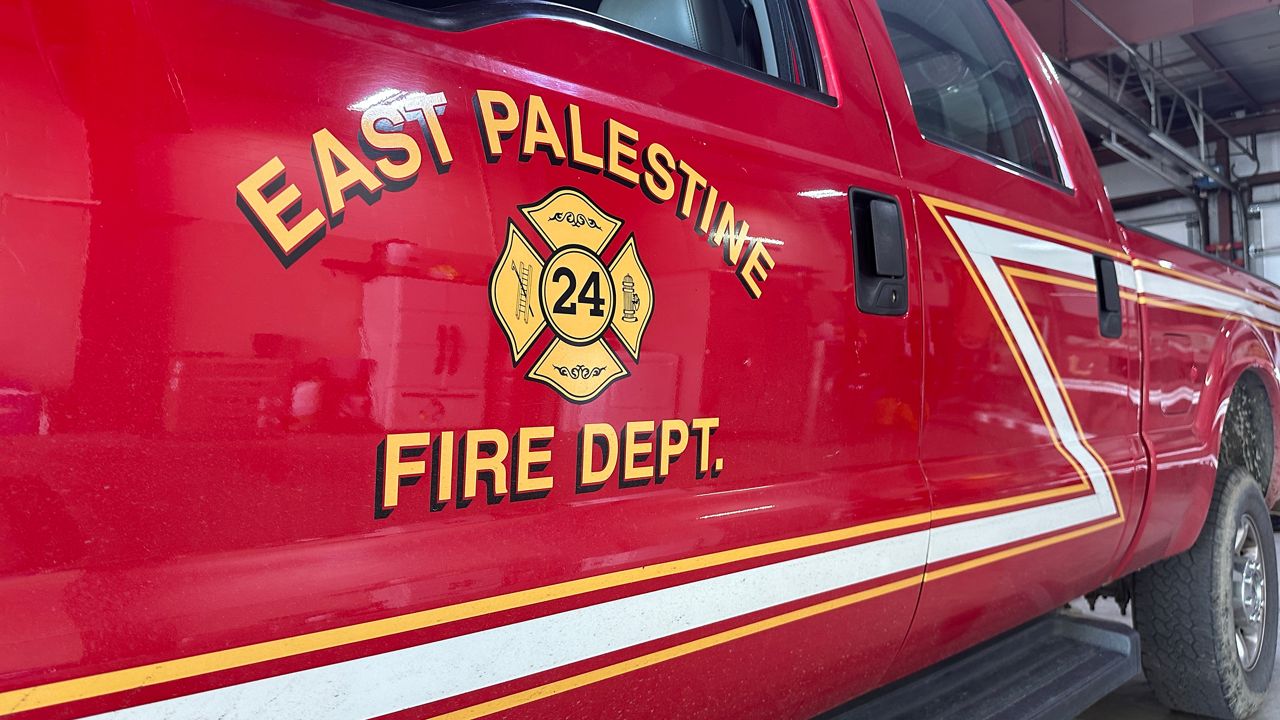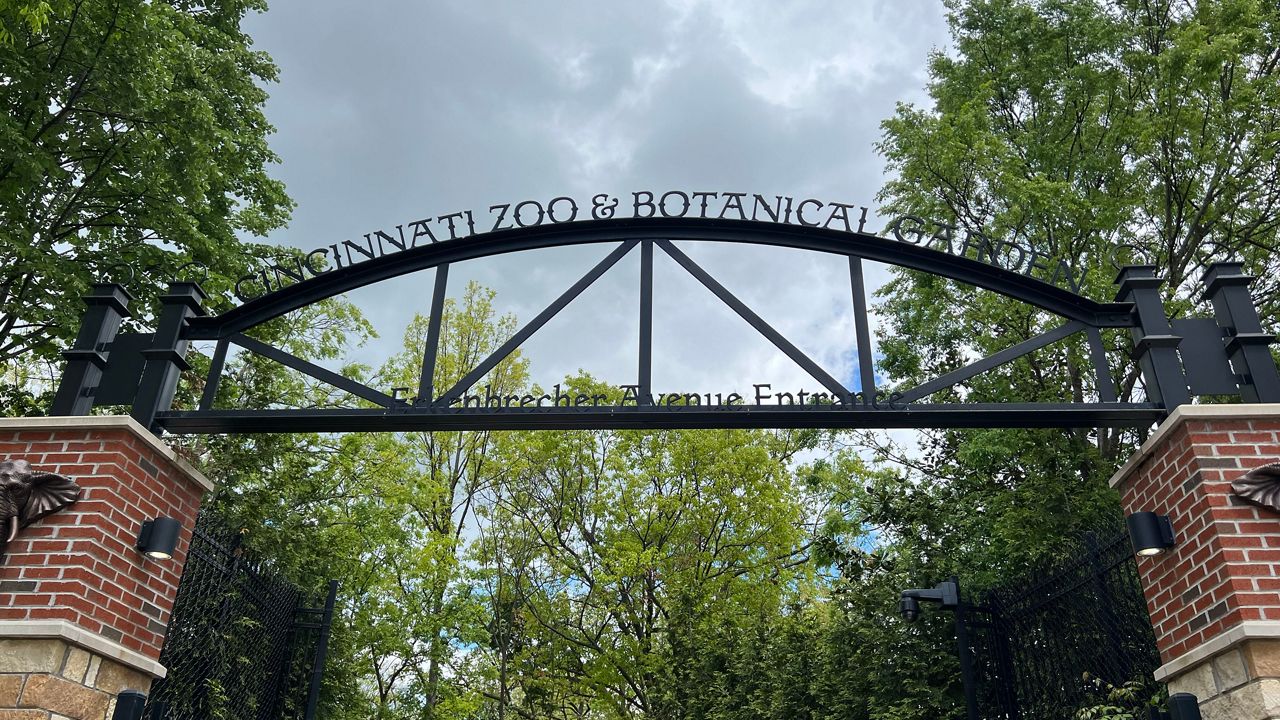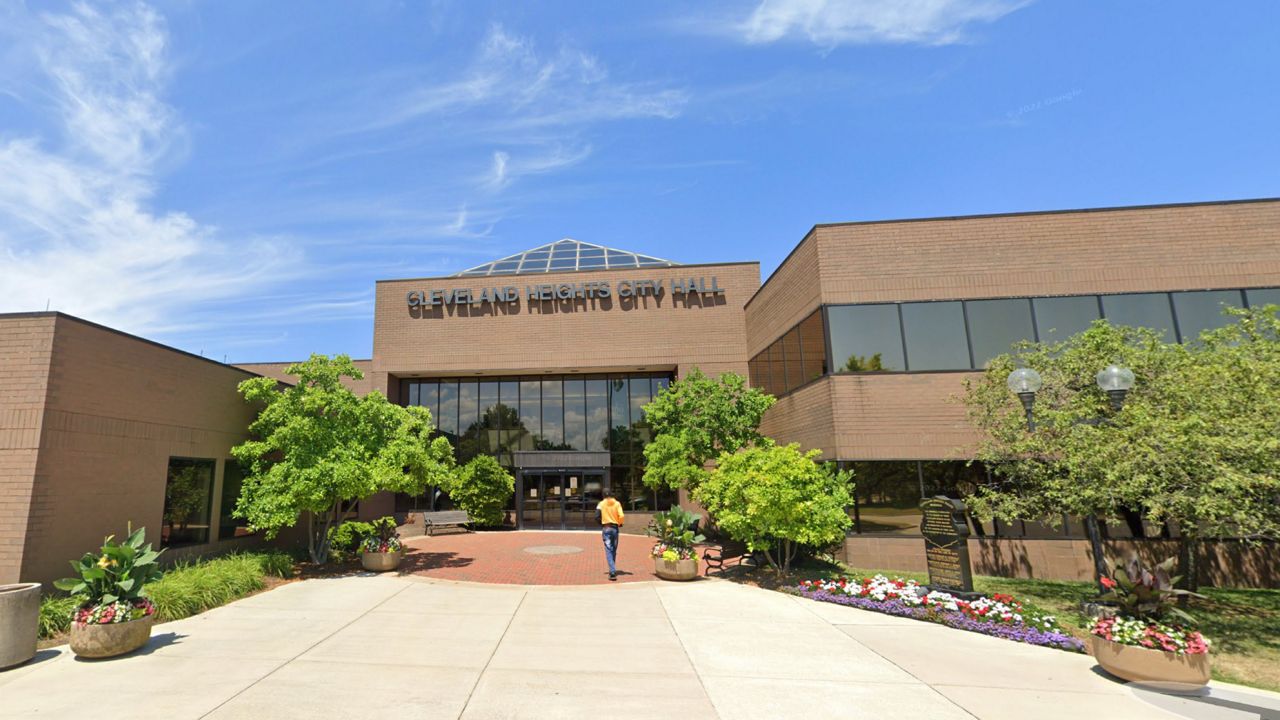EAST PALESTINE, Ohio — For the people of East Palestine, it’s safe to say the past six months may have felt closer to an eternity.
At the scene of February’s train derailment disaster, crews are making visible progress clearing the site where dozens of rail cars went off the tracks, catching fire. Some of those cars were carrying toxic chemicals like vinyl chloride.
The accident ignited fears of chemical contamination and shined a spotlight on both the small village and the rail industry, but the town’s mayor said there’s more work to be done, not only with the cleanup efforts but also with rebuilding the tight-knit community.
The village of about 5,000 residents is working to regain some sense of normalcy six months after the derailment changed it forever. With each turn of the calendar page, Trent Conaway can’t help but to think about the turns of his first term as mayor.
“I run all the council meetings and married people,” he said. “That’s the only thing I usually did as mayor.”“I run all the council meetings and married people,” he said. “That’s the only thing I usually did as mayor.”
His duties are described in a book titled the Charter of the Municipality of East Palestine, Ohio but there’s no manual to prepare for what the town faced this year.
Conaway is a graduate of East Palestine High School. He said he moved back to town about 20 years ago to raise his own family.
He never intended to run for office.
“Didn’t like some of the things they were doing, so I decided to put my money where my mouth is and run for mayor,” he said. “I didn’t think it was gonna be as involved as it is.”
But serving his community’s in his blood. He volunteered with the East Palestine Fire Department for nearly a decade.
“What these men and women do for this town, people just don’t realize,” he said. “They think it’s just, you know, come down and play on the trucks and squirt water.”
He jumped back into that role when he saw flames from the derailment on Feb. 3.
“I went down, and we realized what we had and just tried to help them get hooked up to a hydrant or stuff,” he said. “You know, 'cause in that cold, it was only four degrees out, and they freeze up.”
That night, about 40 cars of a Norfolk Southern train derailed. Several cars carrying hazardous chemicals ruptured and burned as the wreckage caught fire.
In the weeks that followed, East Palestine Fire Department Chief Keith Drabick said responding departments had to purchase new equipment, because of exposure to possible contaminants.

He said Norfolk Southern covered the cost.
“We haven’t had any fires since then, so that’s a good thing, though,” he said. “That’s a good thing. They can stay new for the rest of my career. That’d be just fine.”
But back in his own red truck, Conaway made his way toward the scene of the disaster once again.
“Never in a million years did I think I'd get put in the spotlight like this,” he said.
The derailment and its aftermath thrust the community onto the world stage.
Residents showed a range of emotions — from anger to uncertainty — at a town hall event days after the crash, where Conaway was swarmed by reporters.
“We hope to get you answers,” he said at the time. “That’s our main message”
As he pulled up to the derailment ground zero now, he remembered the scene on the February 3.
“There was trains here on fire,” he said. “There was like three tanker cars right here that were on fire.”
Now crews are transforming the site, and he said they’re being extra cautious with the remediation. The derailment brought fears of environmental and health effects from exposure to the chemicals to the forefront and pushed lawmakers to inspect the rail industry, turning the town upside down.
“It was home,” Conaway said. “It was, you know, quiet. for the most part. Most people got along, you know, not much crime.”
Now, he said there’s a divide from differing opinions on how to move forward. He said there are about 200 residents still out of their homes while the cleanup continues.
“When they come back, I want them to feel safe in their homes,” he said. “So if they can't feel safe in their homes, then we have to do whatever it takes to make them feel safe.”










